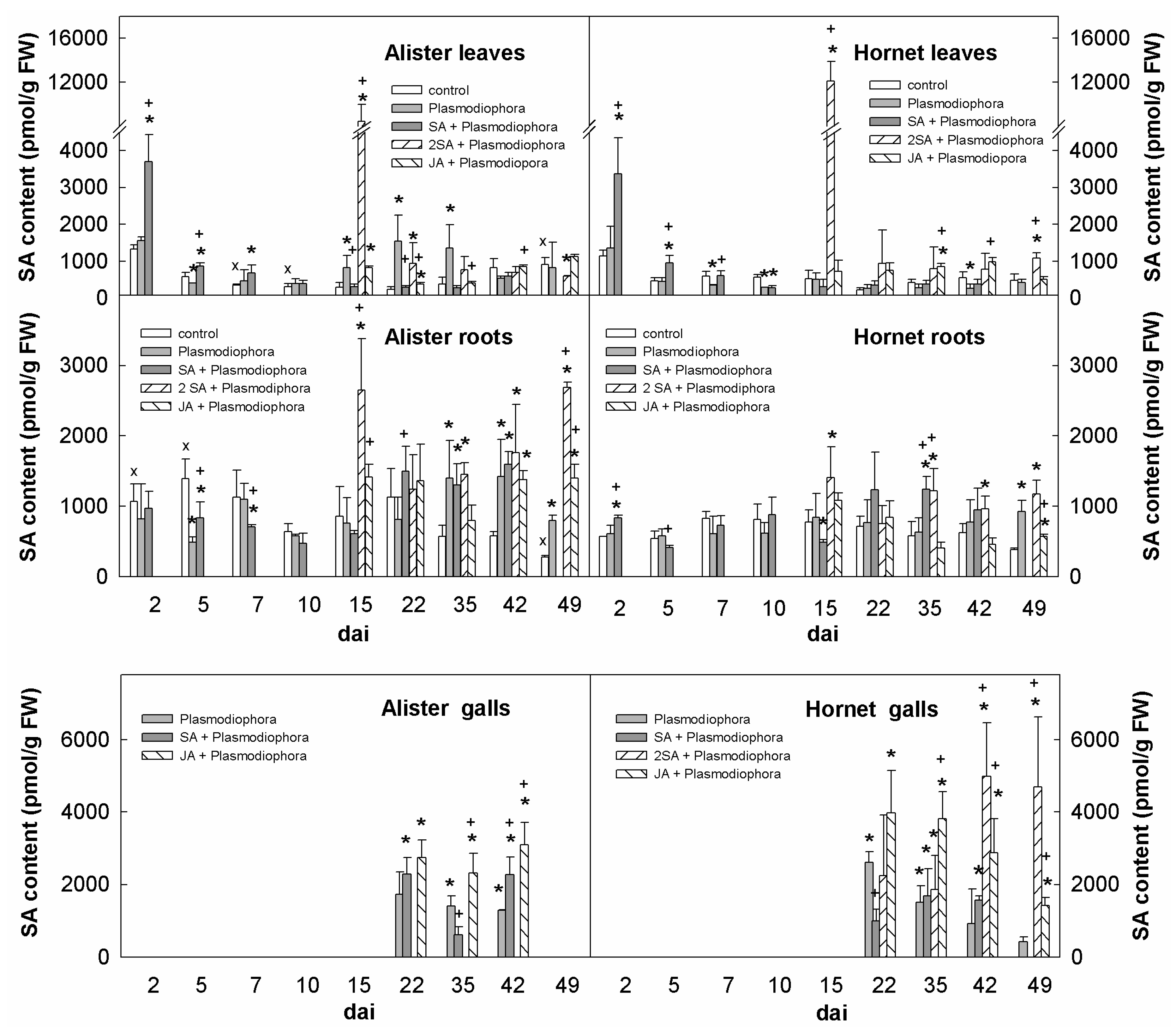
Wright-Giemsa staining of the marrow aspirate smear. Additionally, since the cells are smeared, they are technically three-dimensional, and morphology can be assessed.įigure 3. Since this is a “liquid” sample, it does not need to undergo decalcification, can be smeared onto a slide and stained relatively quickly, used for flow cytometry (which needs unfixed, liquid cells), and sent fresh for molecular analysis. This is used to immediately make slide preparations on one to 10 pre-prepared glass slides which will be stained, usually within the Giemsa family of stains, to assess cellular morphology (how the cells look), perform a lineage assessment (what cell line they belong to, both by morphology and phenotyping), and provide a complete differential count (500 cells are counted). A syringe with applied negative pressure gently removes approximately 5 mL of deep red, semi-liquid marrow content. The bone marrow aspirate is arguably the most straightforward aspect of the bone marrow workup. A complete bone marrow biopsy examination usually involves the review of these four specimens noted here in a slide tray: A) marrow aspirate smear, B) marrow core biopsy, C) clot section, and D) touch imprint preparation. Picture of four bone marrow specimens in a slide tray. Hematopathologists can assess morphology, histologic architecture, and immunologic and phenotype profiles (Figure 2) across all four components to create a comprehensive report for your patient.įigure 2. The separation of these four components allows for multiple sources of data collection and offers insurance against otherwise compromised specimens. Slower processing due to decalcification.Provides material for flow and molecular studies.Relative quantity of different cell types.Table: Comparative advantages and drawbacks of the marrow aspirate versus the core biopsy. While there are advantages and disadvantages to each component regarding turnaround time, comprehensiveness, and diagnostic utility ( Table), their synergism provides ample information for your consultant hematopathologists. Unlike complete blood counts (CBCs), which produce fast results, a bone marrow analysis requires a more in-depth analysis and, as a more invasive procedure, necessitates built-in redundancies to ensure the highest-quality results. While their individual turnaround times vary, these specimens are usually reported together to make sure all aspects are accounted for, which can take approximately three days on average. Each of these four specimens have their strengths and limitations therefore, they should be assessed separately. These specimens are differentially used to study morphology, assess lineage, perform cell counts and differentials, triage and send for appropriate immunohistochemical stains, perform flow cytometry, and send ancillary cytogenetic and molecular genetic studies. Some components are more useful for particular studies. By using redundancies across components, your consultant hematopathologists may offer insights into the architecture, morphology, immunostaining, and flow cytometry profiles of any identified hematologic entity. The clot sections, core biopsy, marrow aspirate, and touch preps all contribute to the overall assessment of patients’ collected marrow.

The four components of a routine bone marrow analysis. The BasicsĪfter patient preparation, sedation, and the procedure itself, a bone marrow investigation provides four specimen types for pathologist review ( Figure 1): the bone marrow core biopsy, the bone marrow touch imprint, the bone marrow aspirate smear, and the bone marrow clot particle.įigure 1. Herein lies everything you were afraid to ask. The following breakdown shines some light inside the “black box” of hematologic diagnostics and may provide insight into what the hematopathology report tells you. What happens after you place the orders, though? How do the different parts of a “bone marrow workup” relate to more in-depth analyses of morphology, markers, lineages, and overall diagnostic information? Why do some investigations yield more, or less, information than others? What is the hematopathologist looking for when assembling all the parts to report back in consultation with you? You order a bone marrow analysis for your patient. Whatever the cause, you have reason to request a hematopathology workup and investigative studies. A serum protein electrophoresis might have even shown a monotypic expansion. Maybe a routine peripheral smear caught some circulating blasts. Your patient’s cytopenias remain unexplained.


 0 kommentar(er)
0 kommentar(er)
